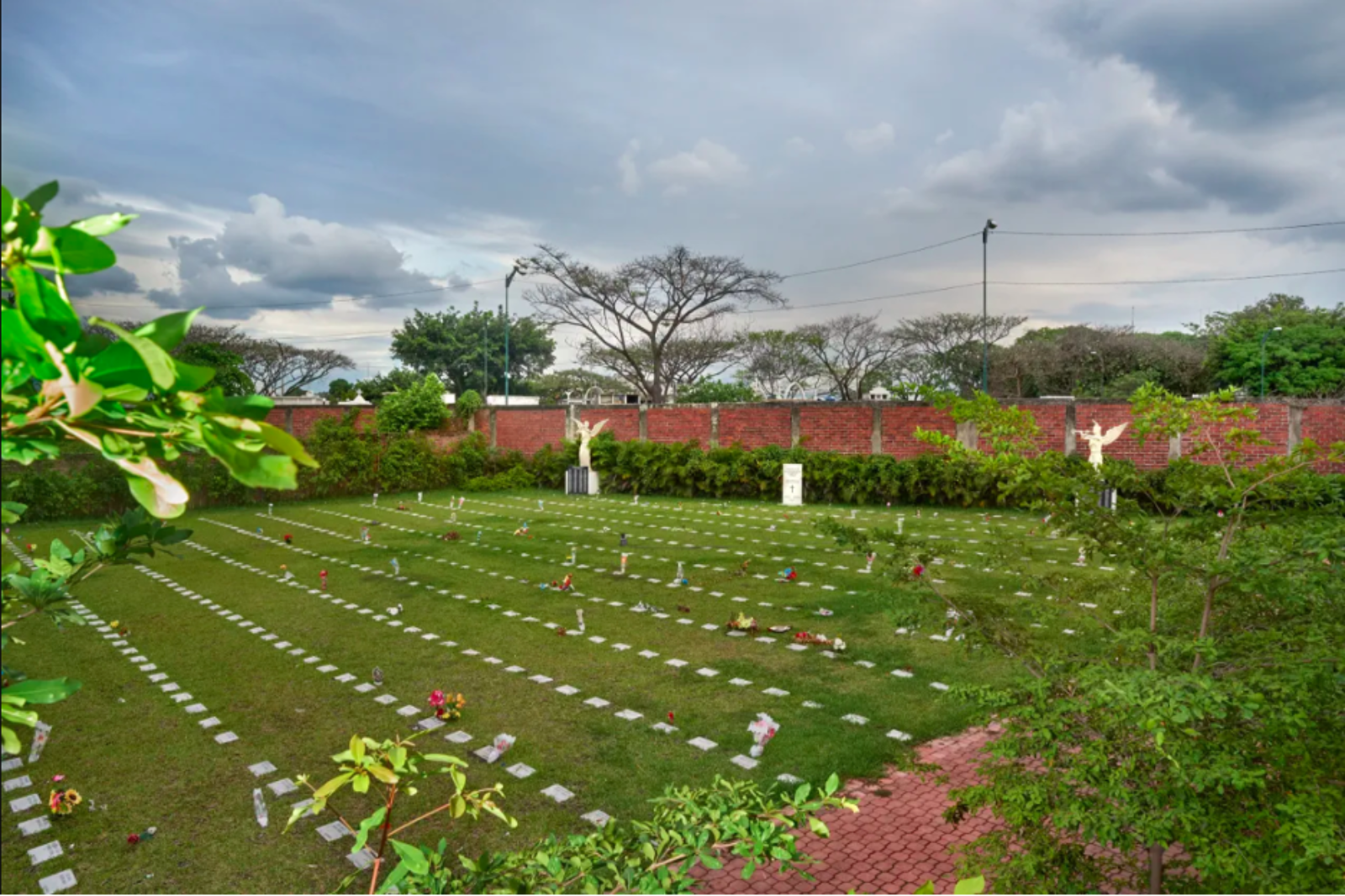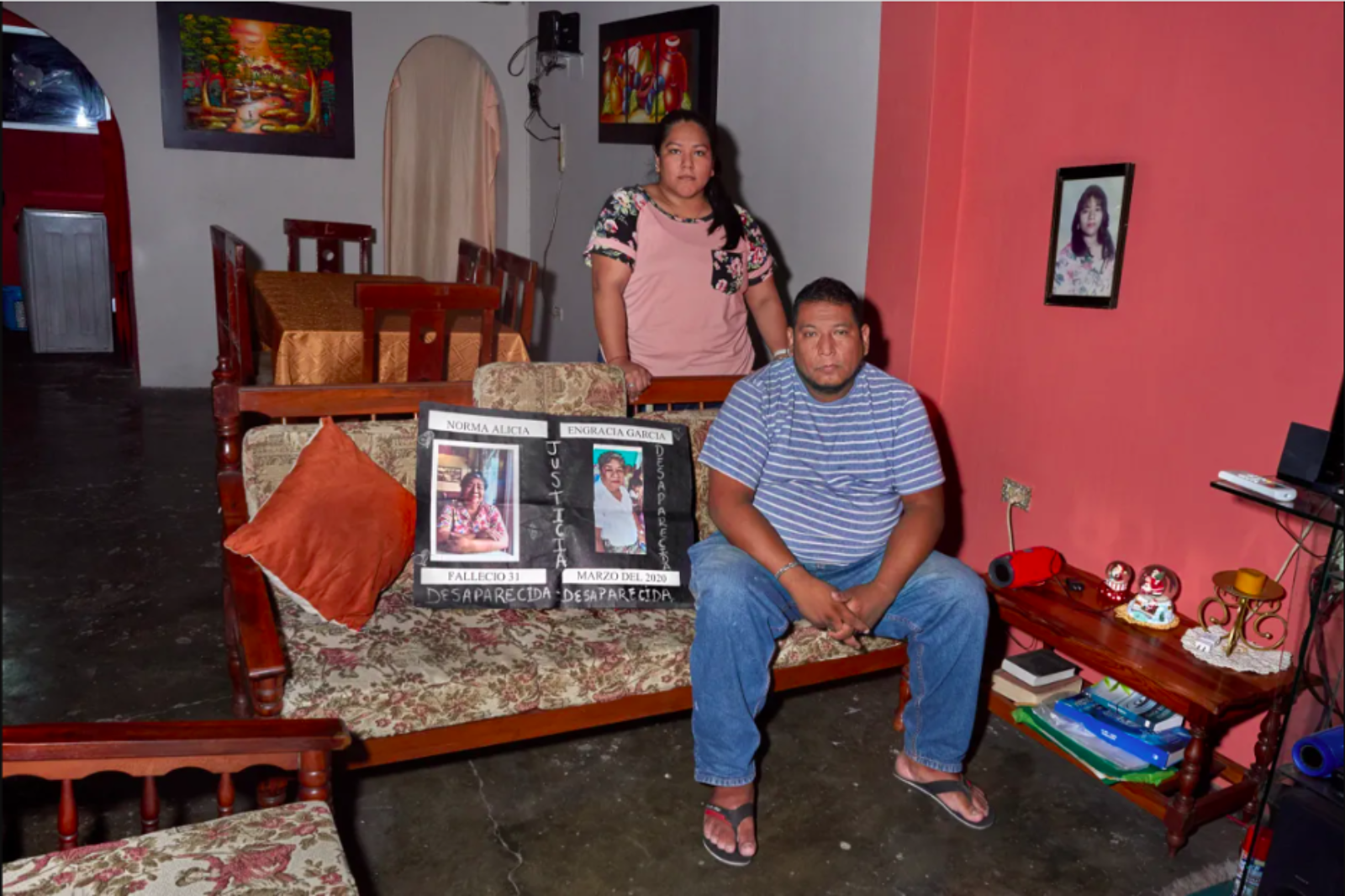Peruvian novelist and journalist Daniel Alarcón illuminates the impact of COVID-19 on Ecuador’s largest city, Guayaquil, through interviews with residents in A Pandemic Tragedy in Guayaquil. Alarcón depicts an apocalyptic scene of one of the world’s deadliest COVID outbreaks, describing bodies piled in public view due to a collapsed healthcare system, the struggles of working-class Ecuadorians to access resources or recover their loved ones, and outbreaks of organized violence amid institutional breakdown. Although not a typical piece of life writing, Alarcón’s investigation is remarkably intimate, probing both the emotional states of his subjects and his own evolving response to what he witnesses.
Paola Vélez, a doctor, blames institutional failures for the city’s catastrophic outcome, noting that her early warnings in January 2020 were ignored. Washington Alemán, a doctor who treated the first known COVID-19 patient, tells Alarcón: “He had lost more than a hundred and twenty colleagues and friends. ‘Friends,’ he said, when he saw the look on my face. ‘Not acquaintances. Friends.’ He paused. ‘And my father.’”
Roberto Farías, an unlicensed taxi driver, grieves the death of his mother, Norma Farías, while navigating bureaucratic obstacles to recover her remains. Corpses dominate both narratives: Vélez recalls a mass grave improvised in her hospital’s parking lot.
Alarcón’s interviewees exhibit stoic endurance in the face of collapse. Jorge Wated, president of BanEcuador, remains unnervingly calm while tasked with organizing corpse retrieval. Alarcón writes: “He watched his workers break down, weeping. When I asked Wated if he’d cried, too, he told me that he hadn’t, then paused for a moment. ‘A little,’ he admitted, but, tears or not, he assured me, those days had left their mark. ‘I go to a funeral now, and, for me, the feeling is gone.’”
In the aftermath, the city’s trauma manifests in rising violence. With murder rates tripling, residents now fear stray bullets more than disease. Farías, like many working-class Ecuadorians, cannot afford to stay home: “If you don’t pick up passengers, you don’t eat. The only choice we have is to go out, with faith, and pray to God that He’ll bring us home safe.”
Alarcón’s reporting underscores how structural collapse—not individual choices—determined the course of the pandemic in Guayaquil. His interviews make clear that personal resilience, while present, was no match for systemic failure. From overwhelmed hospitals to abandoned government responsibilities, the devastation was collective and indiscriminate, affecting doctors, taxi drivers, and bureaucrats alike.
 and
and 
Image Captions:
Image 1. The Pascuales cemetery in Guayaquil, where thousands of COVID-19 victims are buried. From Fabiola Cedillo, “A Pandemic Tragedy in Guayaquil,” The New Yorker, 7 March 2022.Image 2. Roberto Farías and his niece Madeline with photos of his mother, Norma, who died of COVID-19 in 2020 and whose body remains missing. From Fabiola Cedillo, “A Pandemic Tragedy in Guayaquil,” The New Yorker, 7 March 2022.
Citation: Alarcón, Daniel. “A Pandemic Tragedy in Guayaquil: How Ecuador’s Largest City Endured One of the World’s Most Lethal Outbreaks of COVID-19.” The New Yorker, 7 March 2022, in the 14 March 2022 issue, bit.ly/3OmOdvg. NON-FICTION, JOURNALISTIC, MARCH 2022 | ECUADOR. ms/jb/ig
Source Type: Online Blog Posts
Country: Ecuador
Date: 01-Mar-2022
Keywords: Ecuador, Mass Graves, Organized Crime, and Social Disorder